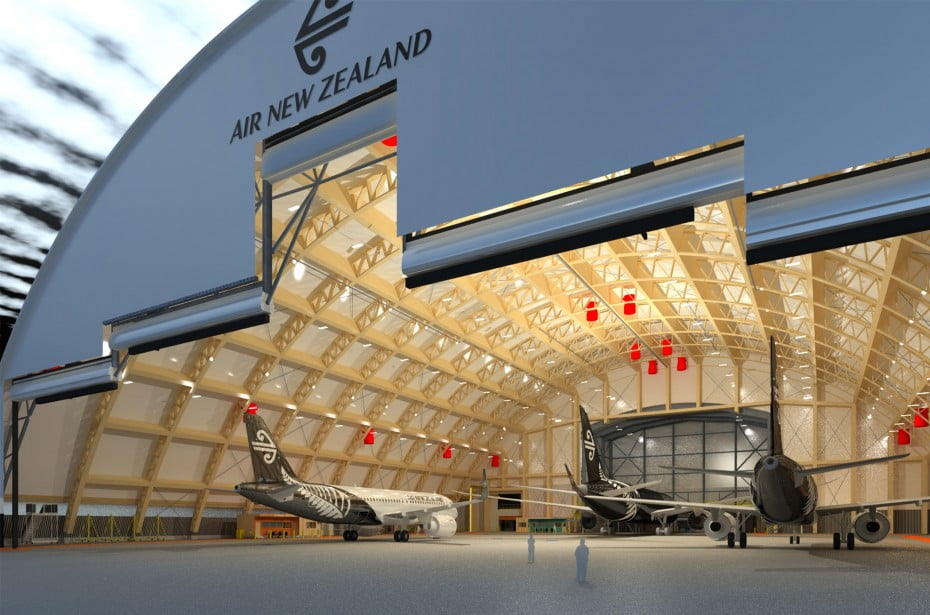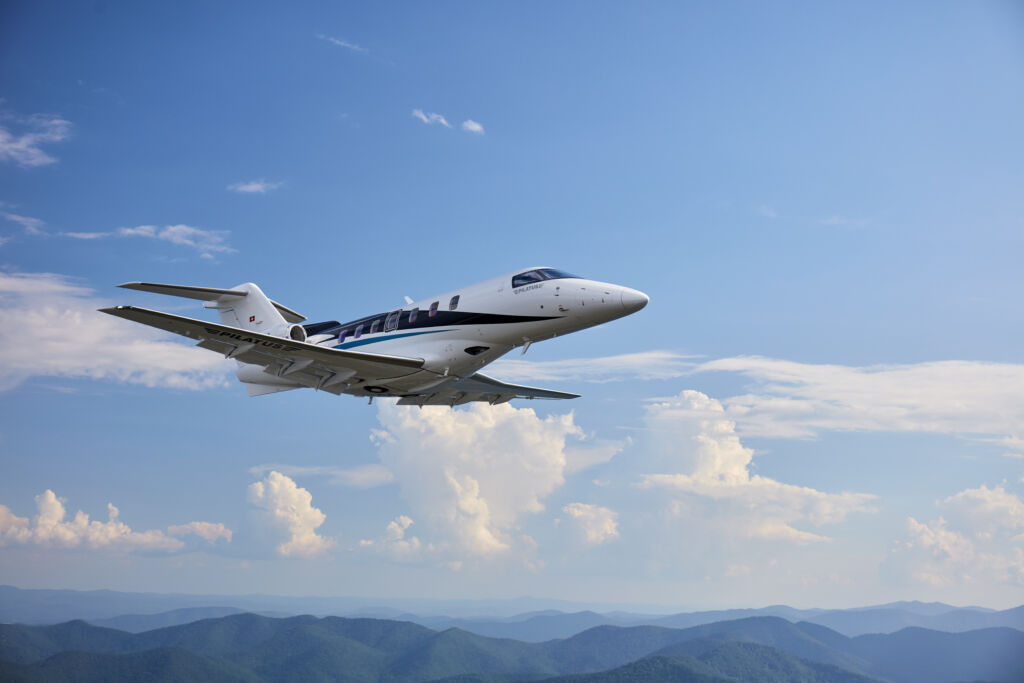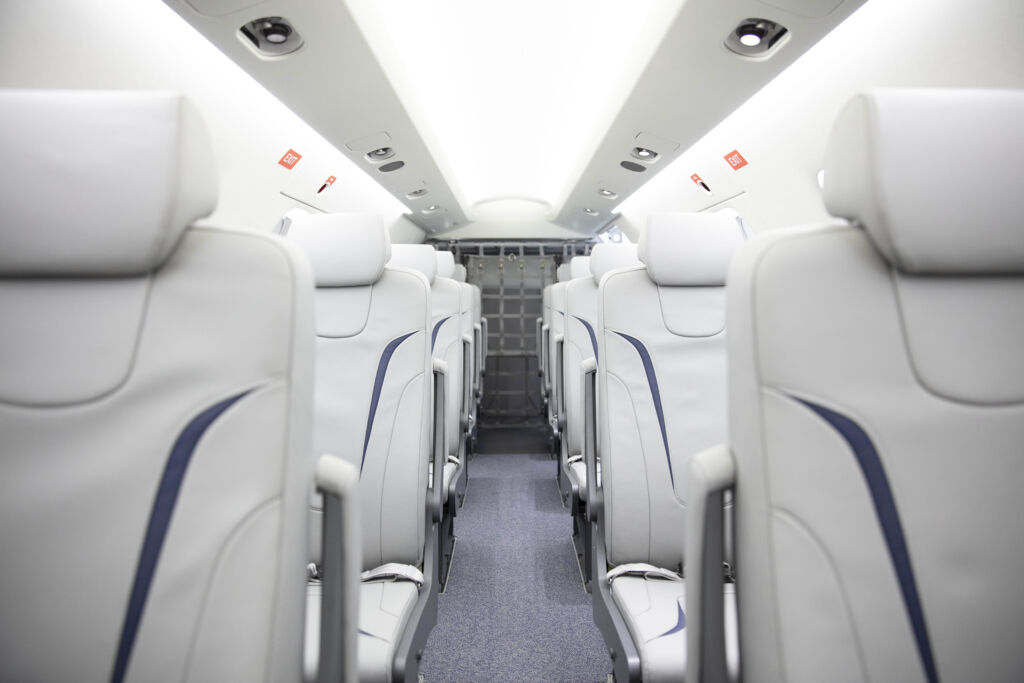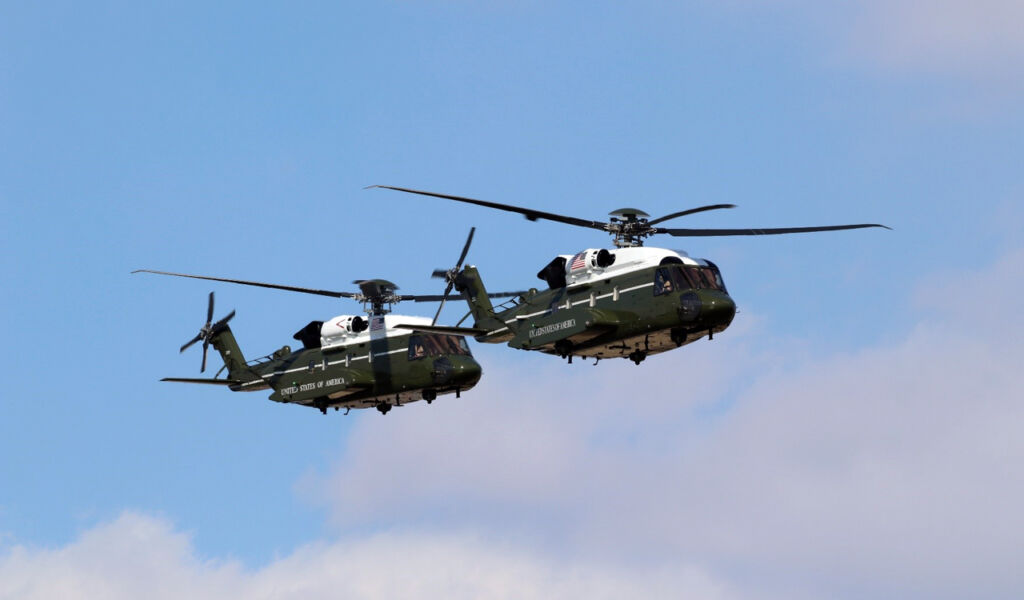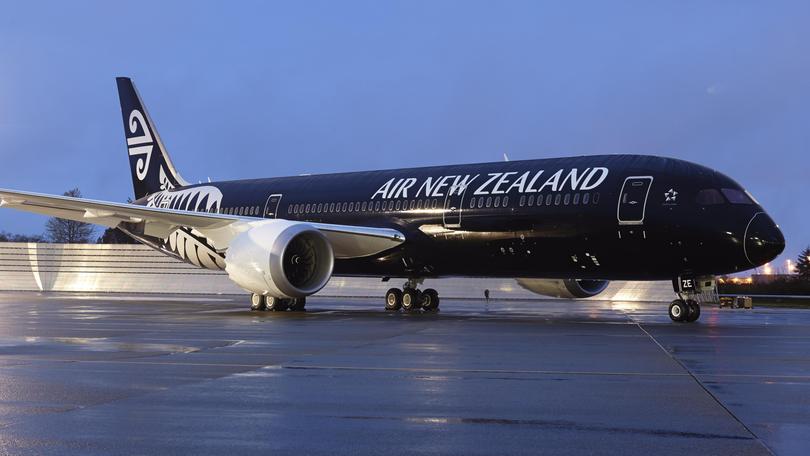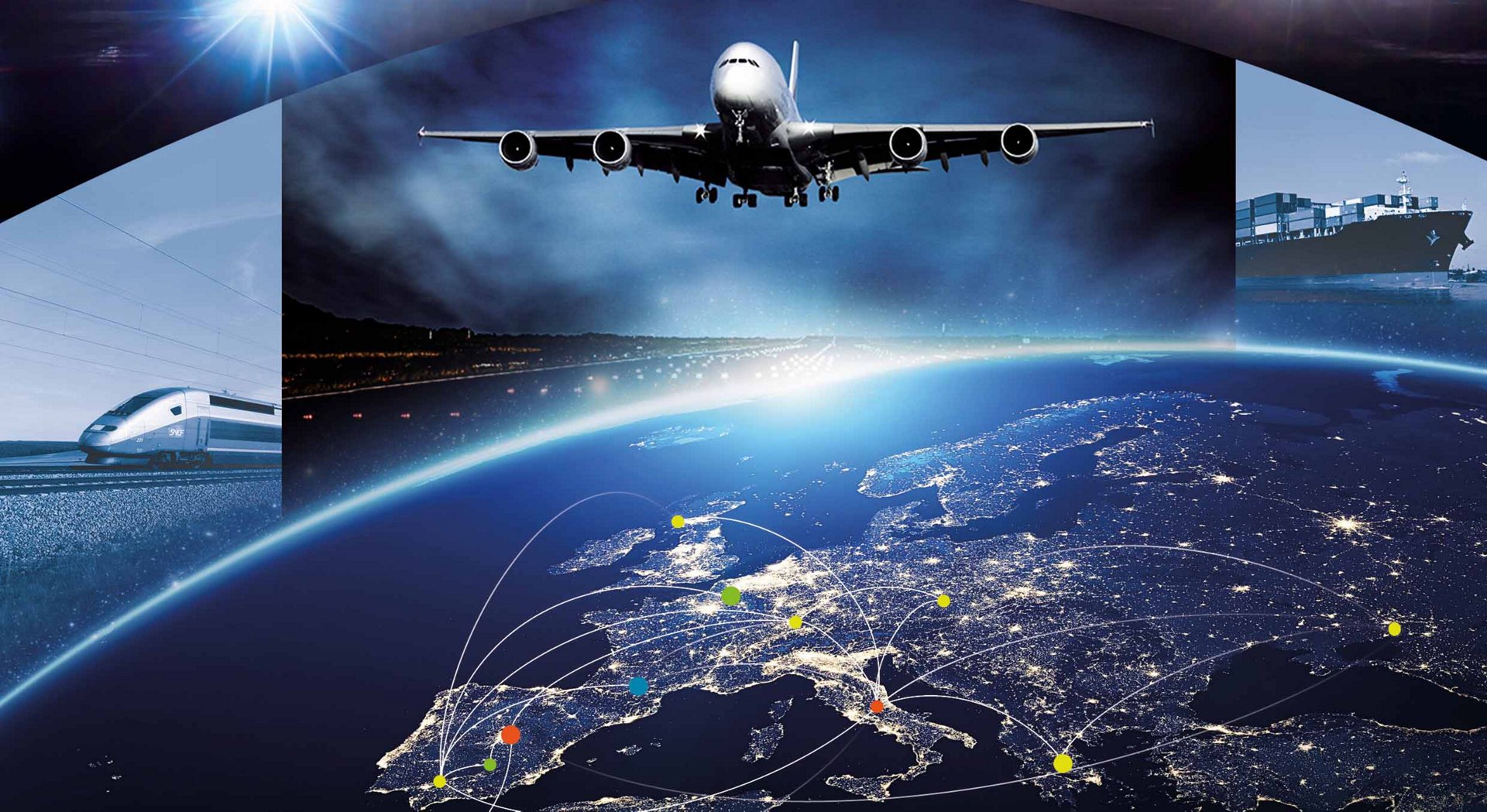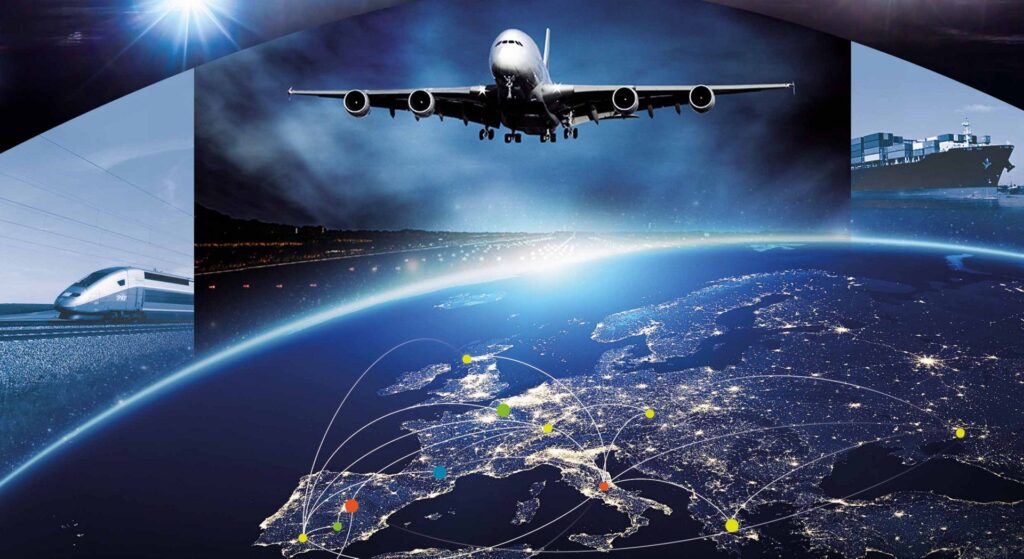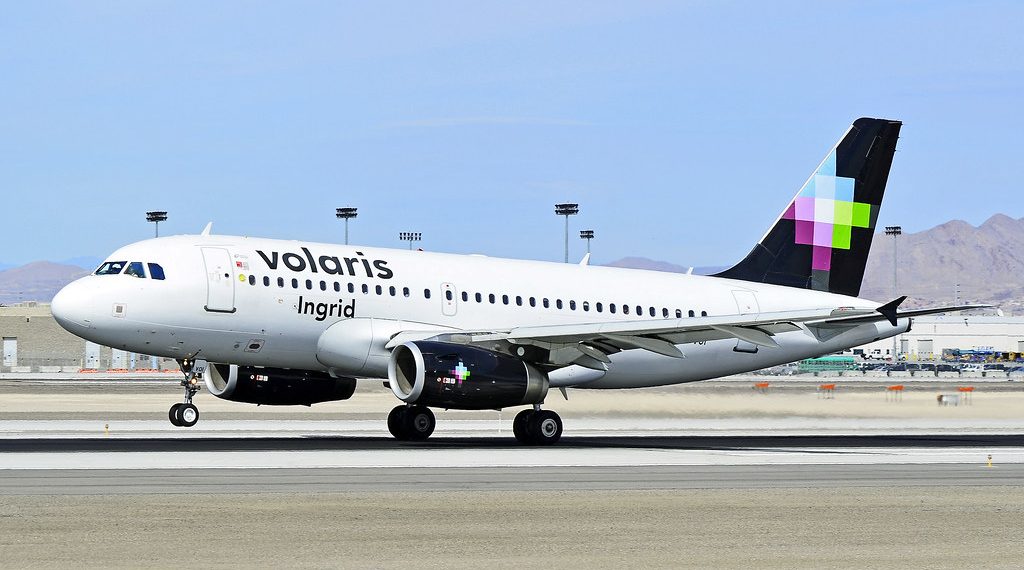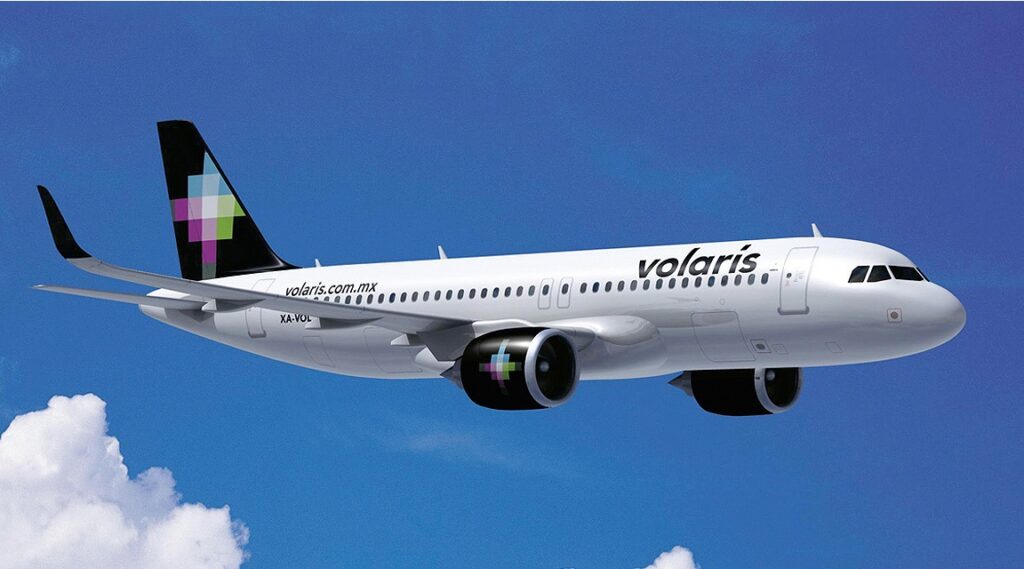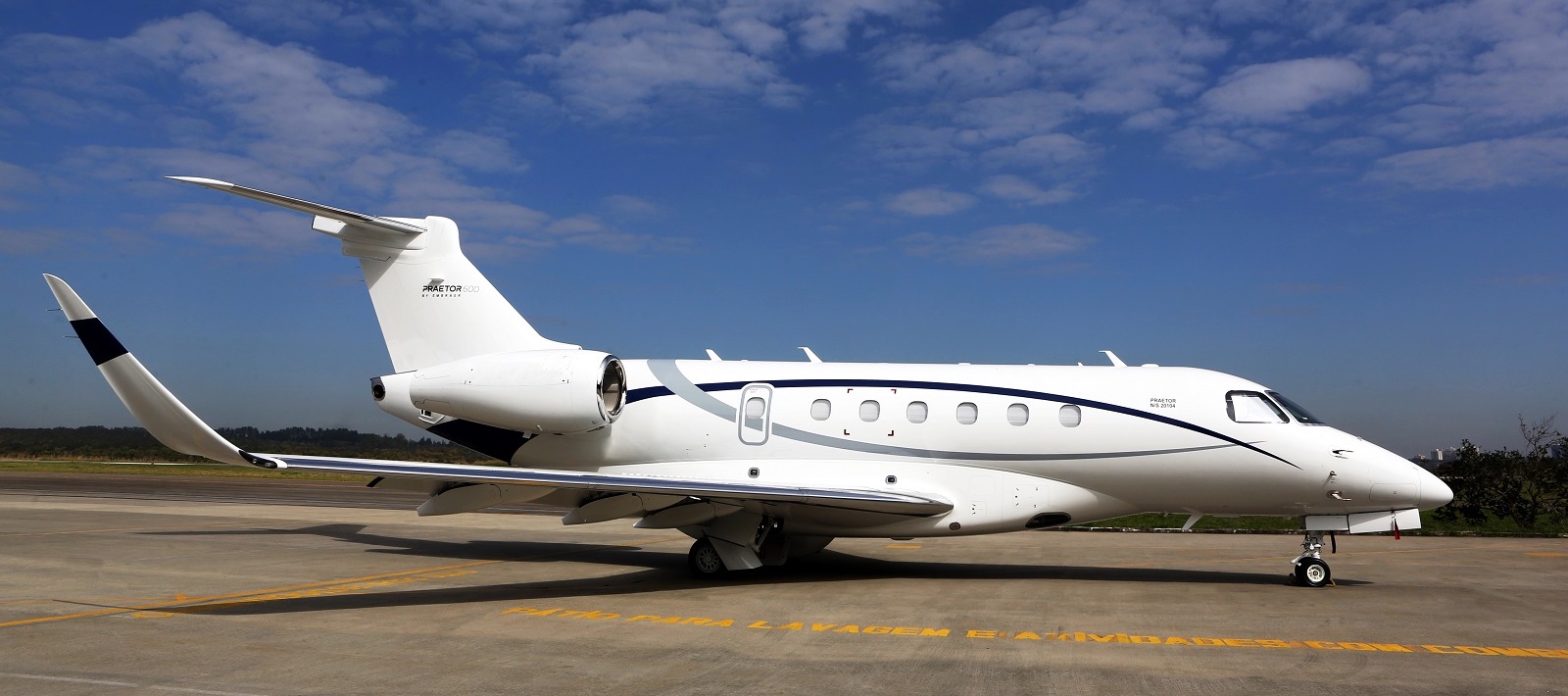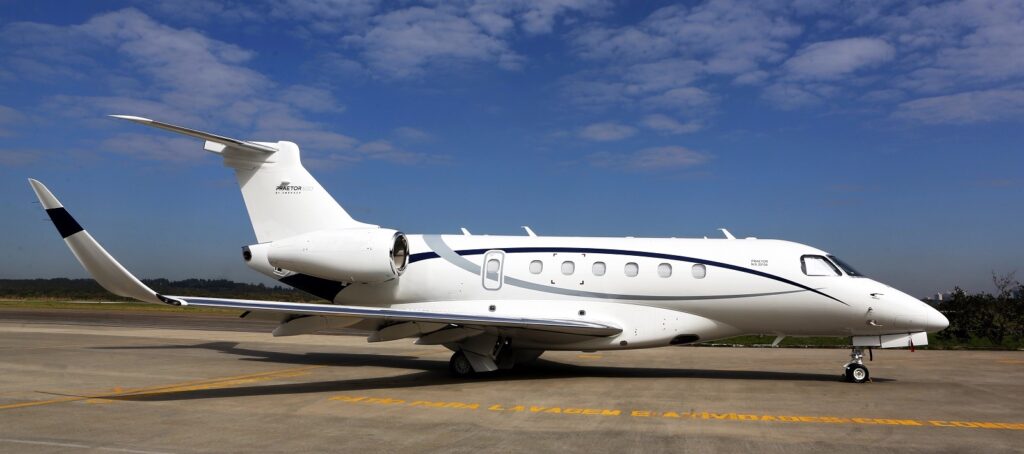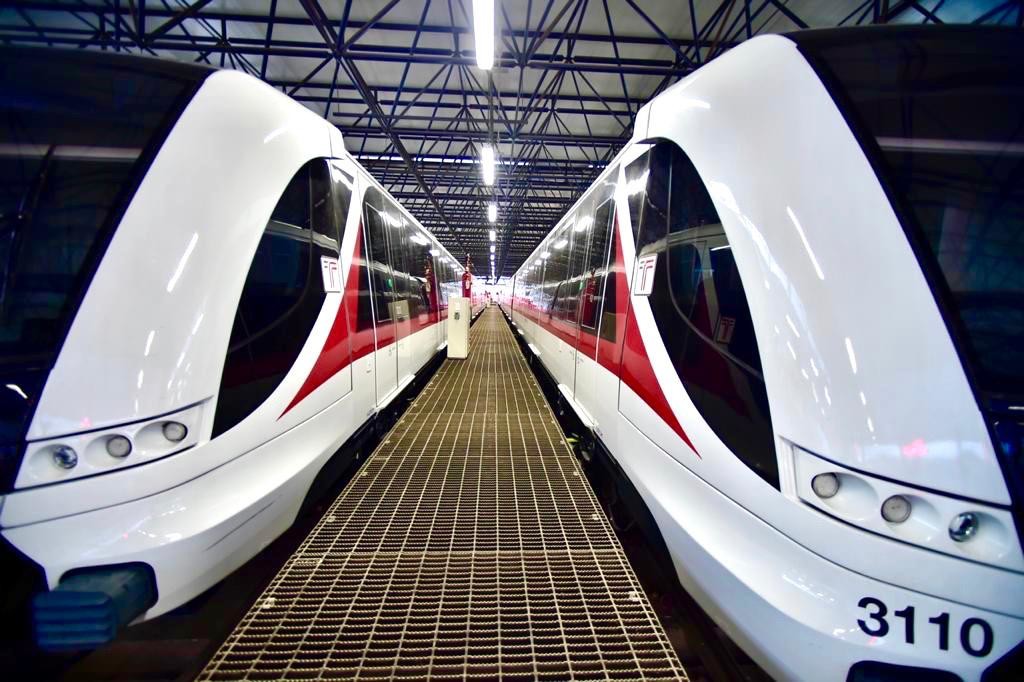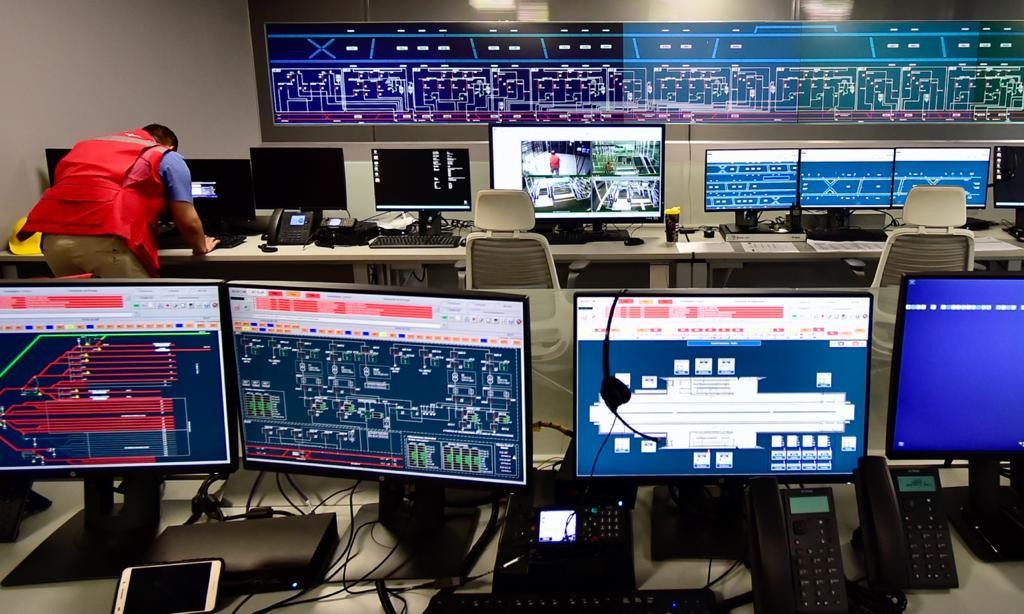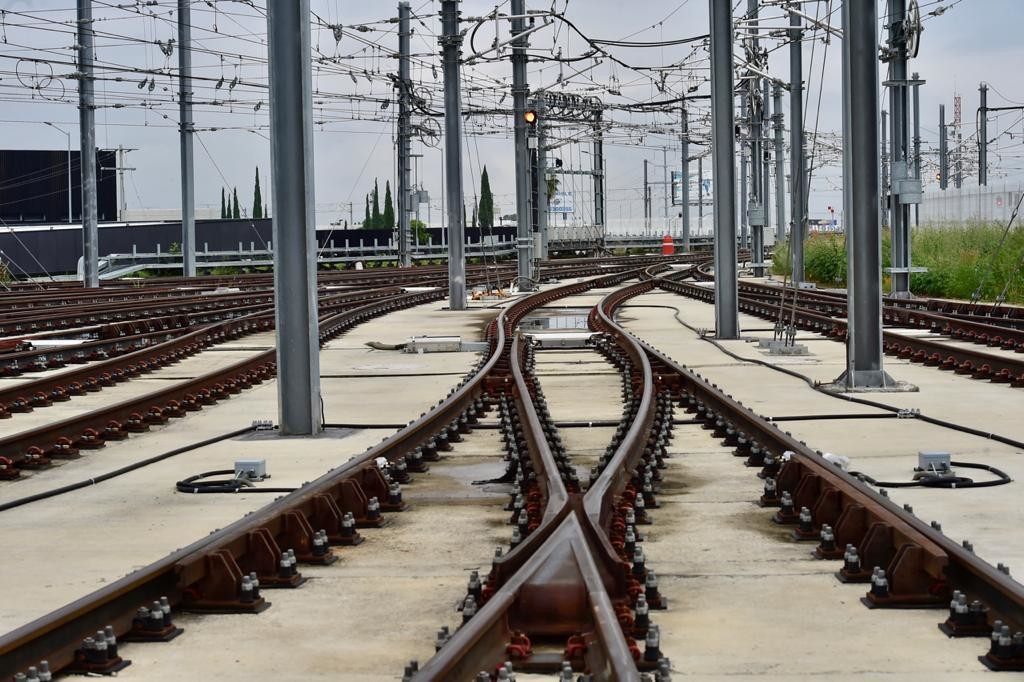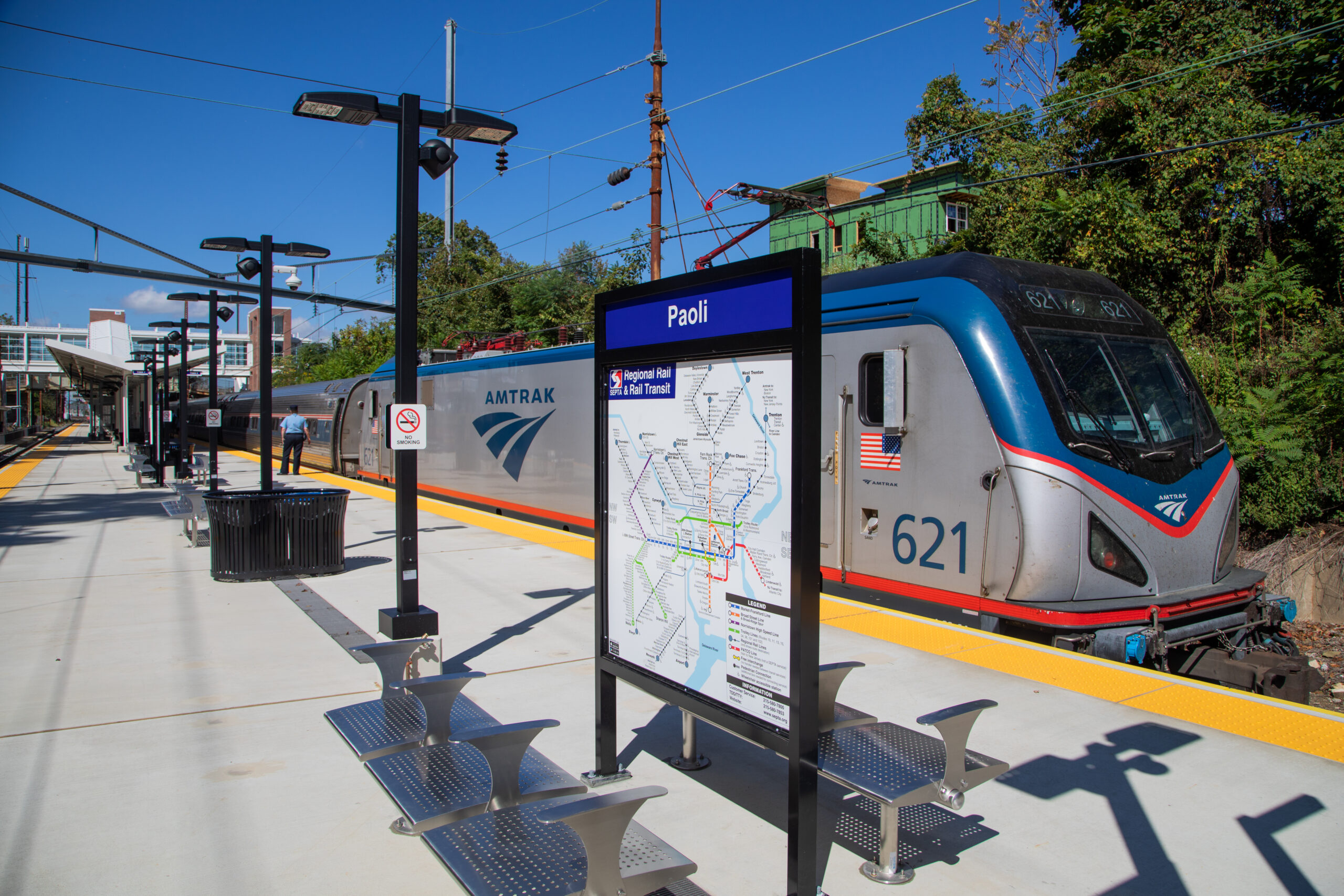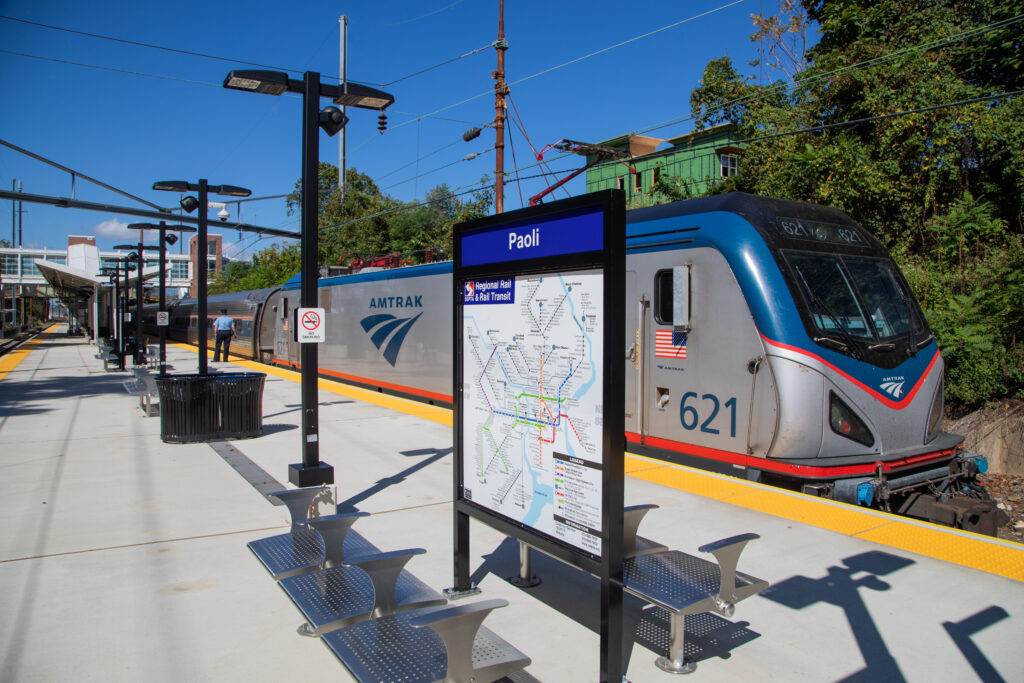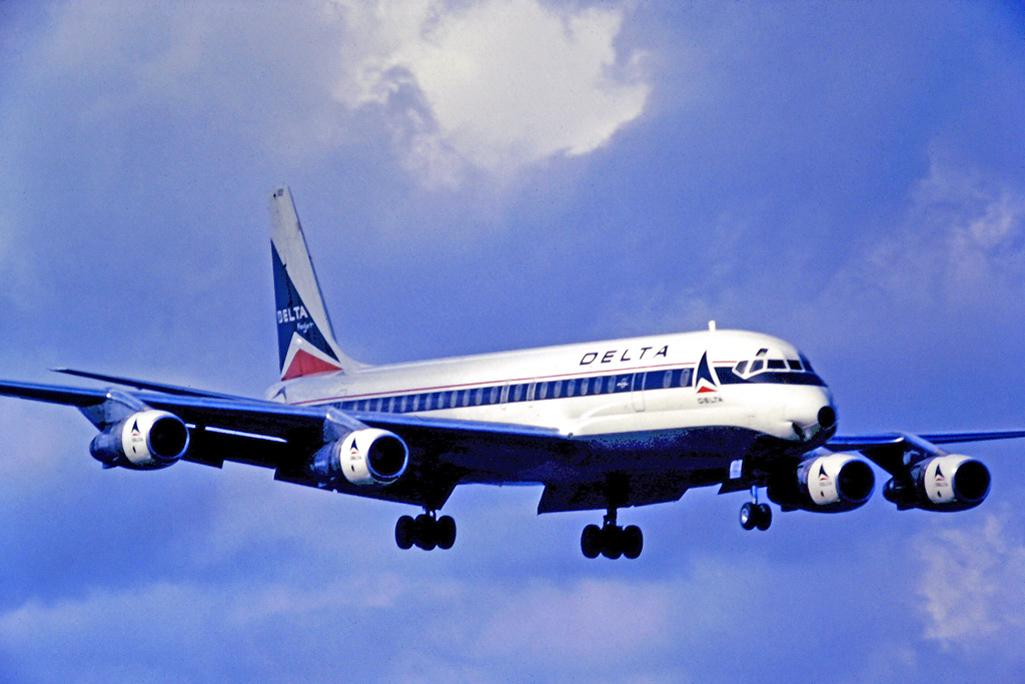Prime Minister Jacinda Ardern has announced that New Zealand is going back into lockdown following reports of 3 new Covid-19 cases in the south Auckland area. Following the press release earlier today, Air New Zealand (OTC: ANZLY) is asking that customers traveling to and from Auckland check they are eligible to travel under the new Alert Level 3 restrictions. Customers travelling from Alert Level 2 regions on our services are able to transit through Auckland on their way to other Alert Level 2 regions.
Food and beverage service onboard domestic flights had already been suspended in response to the latest community cases and this suspension will remain in place until further notice. Water is available on request on all flights.
From tomorrow, Air New Zealand’s Auckland lounges and valet parking will close. Due to capacity restrictions under Alert Level 2, the maximum number of people able to access the airline’s lounges in other regions is capped at 100.
While the country is at elevated Alert Levels, Air New Zealand will be taking extra precautions to keep its staff and customers safe. Air New Zealand front line staff and cabin crew will be wearing masks and gloves and customers are required to continue to wear face coverings onboard.
Customers with existing bookings between Monday 15 February and Sunday 21 February who wish to rebook to travel before Sunday 7 March will have any fare difference waived, and customers can call the contact centre to arrange this.
In addition to this, customers who hold a ticket for a domestic flight scheduled to depart up until 30 March 2021 and no longer wish to travel are able to opt in for credit and can do this via the airline’s online booking tool. Customers who are unable to manage their booking online do not need to contact Air New Zealand immediately or prior to their flight’s departure – assistance will be provided at a later date to find an alternative flight option or a credit note can be arranged.
The Air New Zealand contact centre and social media team are currently experiencing very high demand and the airline is grateful to customers for their patience while it works through these changes.
For the latest information, customers can check the Air New Zealand COVID-19 Hub and travel alerts page.
